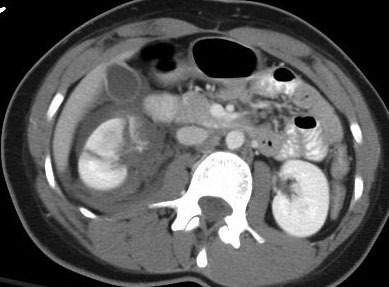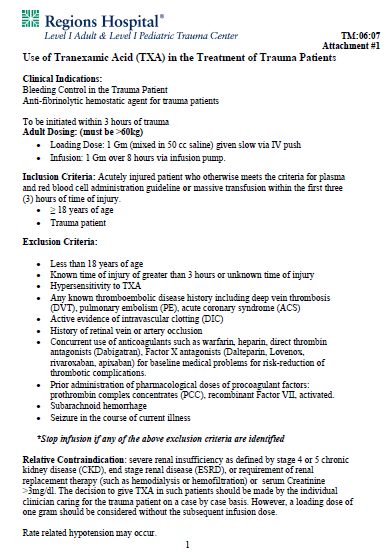Trauma professionals rely heavily on diagnostic tests these days, particularly CT after blunt trauma. Apparently, the neurosurgeons at the Massachusetts General Hospital are asking for CT angiography of the brain on occasion in patients with TBI. Ostensibly, this is to rule out cases when a brain aneurysm causes a car crash or other blunt trauma.
WTF? Now, I know that we occasionally agonize over older victims of blunt trauma who come in pre-terminal or in arrest. Did they have an MI which caused the event, or did the trauma stop their heart? I had no idea that a ruptured/rupturing aneurysm was such a problem in blunt trauma.
So the surgeons at the MGH decided to critically look at this issue to see if the extra head scan was warranted.
Here are the factoids:
- 600 patients with blunt TBI over a one year study period were reviewed
- 22% underwent CT angio in addition to the normal head CT
- 66% had the CT angio immediately, 27% within 24 hours, and 7% beyond 24 hours after arrival
- Specialists who requested the study were neurosurgeons (23), radiologists (15!), neurologists (7!!)
- Reasons for getting the study: look for cause of subarachnoid hemorrhage (aneurysm) in 43, look for vascular injuries near a skull fracture in 14, rule out stroke in 4, and no particular reason in 71
- Head CTA changed management in only 1 patient, prompting a formal angiogram which was negative
- 33 patients (25%) had incidental findings on CTA, but none required any intervention in the hospital or on later followup
Bottom line: There is no value to adding CT angio of the head to the usual scan protocols. Having said that, if the patient was witnessed to lose consciousness prior to the event, and the CT shows subarachnoid hemorrhage in a more typical middle cerebral artery distribution, you might consider it to look for an aneurysm. That’s a lot of if’s. Just move the zebra off the CT scanner first. And as you can see from the last factoid above, if we scan it, we will find stuff. Fortunately, most of that stuff doesn’t need further workup or treatment.
Related posts:
Reference: Is CT angiography of the head useful in management of traumatic brain injury? J Am Col Surg 220(6):1027-1031, 2015.




